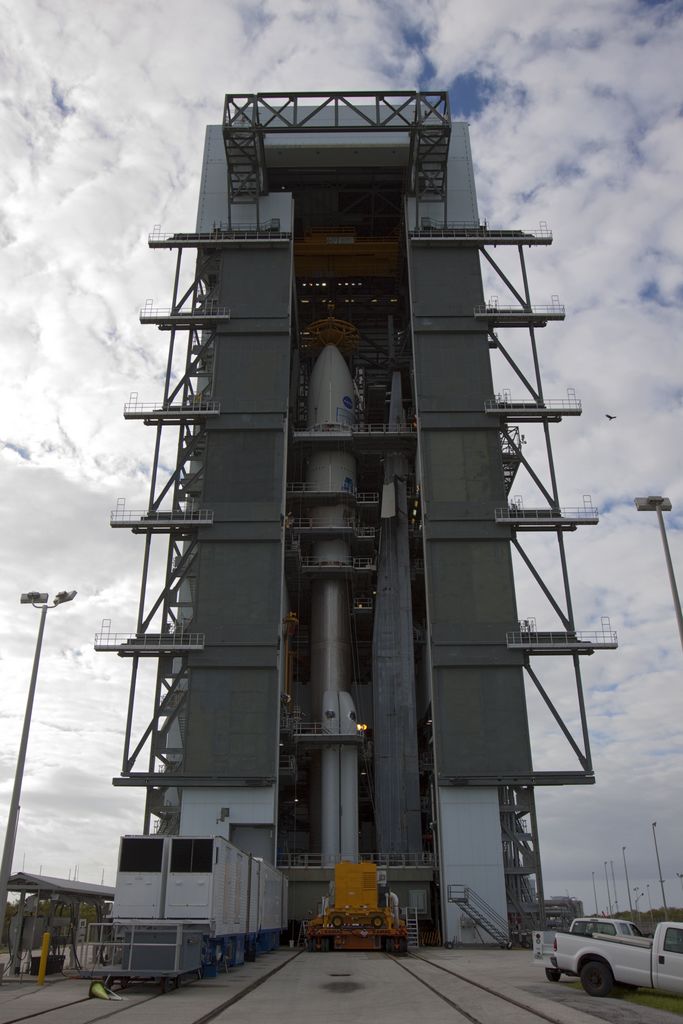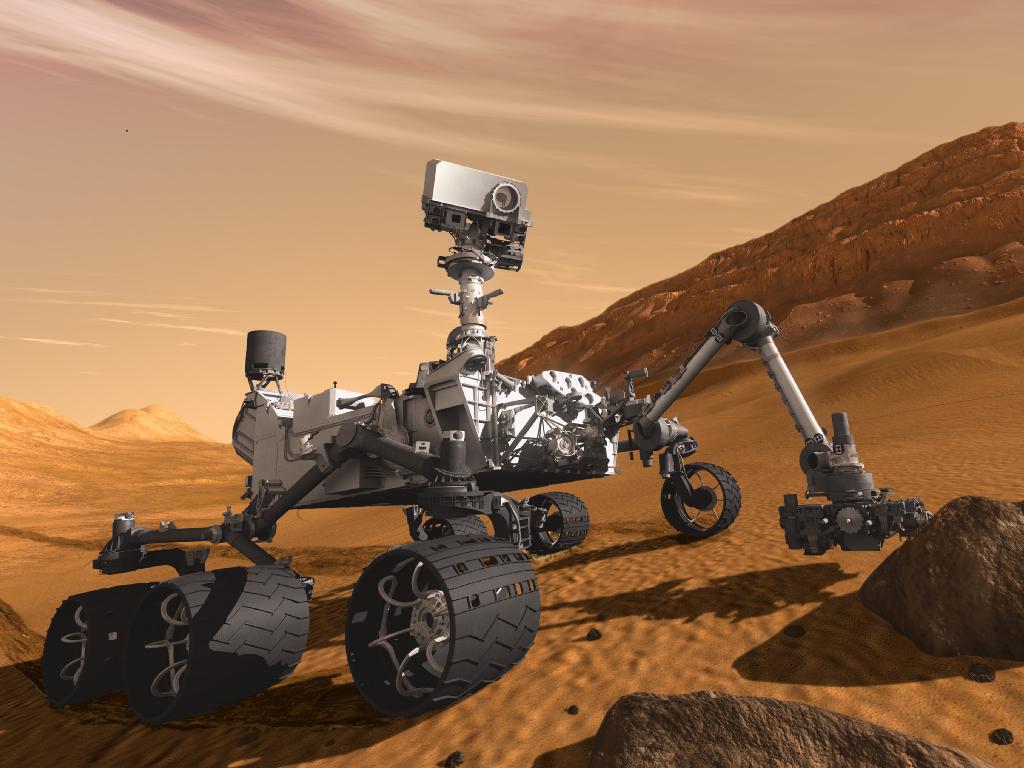NASA to Launch Mars Rover 'Dream Machine' This Week

After nearly a decade of planning, several cost overruns and a two-year delay, NASA is finally set to launch its next Mars rover this week.
The car-size Curiosity rover, the centerpiece of NASA's $2.5 billion Mars Science Laboratory (MSL) mission, is slated to blast off from Florida's Cape Canaveral Air Force Station on Saturday (Nov. 26) after a one-day delay due to a rocket battery issue. The launch comes two years later than the MSL team had originally planned, a slip that ultimately increased the mission's lifetime costs by 56 percent.
But with Curiosity now sitting on the pad, nestled atop its Atlas 5 rocket, MSL's past issues are receding deeper into history. Most eyes are now on the rover's future — its quest to determine if Mars is, or ever was, capable of supporting microbial life.
"This is a Mars scientist's dream machine," Ashwin Vasavada, MSL deputy project scientist at NASA's Jet Propulsion Laboratory (JPL) in Pasadena, Calif., told reporters on Nov. 10. "This rover is not only the most technically capable rover ever sent to another planet, but it's actually the most capable scientific explorer we've ever sent out." [Photos: NASA's Mars Science Laboratory Rover]
A beast of a rover
NASA began planning MSL's mission in 2003. Over the past eight years, scientists and engineers developed, built and tested Curiosity, a robotic behemoth that will take planetary exploration to a new level.
At 1 ton, Curiosity weighs five times more than each of its immediate Mars rover predecessors, the golf-cart-size twins Spirit and Opportunity, which landed on the Red Planet in January 2004 to search for signs of past water activity.
Breaking space news, the latest updates on rocket launches, skywatching events and more!
While Spirit and Opportunity each sported five scientific instruments, Curiosity boasts 10, as well as a drill that will allow it to access the interior of Red Planet rocks.
The huge rover will use all of this gear to gauge the past and present habitability of its Martian environs. It will look for carbon-containing compounds — the building blocks of life as we know it — and assess what the Red Planet was like long ago.
MSL is not a life-detection mission, but it will lay the foundation for future efforts that could hunt for evidence of microbial Martians, officials said.
"We bridge the gap from 'follow the water' to seeking the signs of life," said Doug McCuistion, head of NASA's Mars exploration program.
A long cruise to Mars, and a novel descent
Friday's launch will kick off an 8 1/2-month cruise to Mars, with the MSL spacecraft arriving at the Red Planet in August 2012.
All planetary landings make mission scientists and managers sweat a little bit, but Curiosity's will likely be more nerve-wracking than most. A rocket-powered sky crane will lower the huge rover to the Martian surface on cables — a method that has never been tried before.
The sky crane performed well in full-up computer simulations, so it should work on the Red Planet, officials said.
"Entry, descent and landing is always an exciting time and a challenging time," said MSL project manager Pete Theisinger of JPL. "We're confident in our ability to do it successfully at the planet, but it is clearly not risk-free."
Checking out Gale Crater
Curiosity will touch down at Gale Crater, a 100-mile-wide (150 kilometers) hole in the ground with a mysterious 3-mile-high (5 km) mountain rising from its center. The rover will poke around Gale, scrutinizing and sampling the dirt and rocks it encounters.
Curiosity's mission is designed to last for about two Earth years, but it wouldn't be a shock if the rover kept chugging along for significantly longer, officials said. Spirit and Opportunity, after all, far outlasted their planned three-month mission lifetimes. NASA just declared Spirit dead this year, and Opportunity is still cruising around Mars, checking out a huge crater called Endeavour.
"We do test all the mechanism equipment for three times its normal life," Theisinger said. If all goes well, he added, "we should be good for quite an extended period of time."
And Curiosity is powered by radioisotope thermoelectric generators — which produce electricity from the radioactive decay of plutonium — rather than solar cells. The rover should thus be able to handle the harsh Martian winters well, Theisinger said.
So NASA officials expect Friday's launch to mark the start of something big.
"We'll excite the nation, we'll inspire the nation. We're going to show incredible new vistas, great new discoveries," McCuistion said. "The launch is just the beginning."
You can follow SPACE.com senior writer Mike Wall on Twitter: @michaeldwall. Follow SPACE.com for the latest in space science and exploration news on Twitter @Spacedotcom and on Facebook.

Michael Wall is a Senior Space Writer with Space.com and joined the team in 2010. He primarily covers exoplanets, spaceflight and military space, but has been known to dabble in the space art beat. His book about the search for alien life, "Out There," was published on Nov. 13, 2018. Before becoming a science writer, Michael worked as a herpetologist and wildlife biologist. He has a Ph.D. in evolutionary biology from the University of Sydney, Australia, a bachelor's degree from the University of Arizona, and a graduate certificate in science writing from the University of California, Santa Cruz. To find out what his latest project is, you can follow Michael on Twitter.

